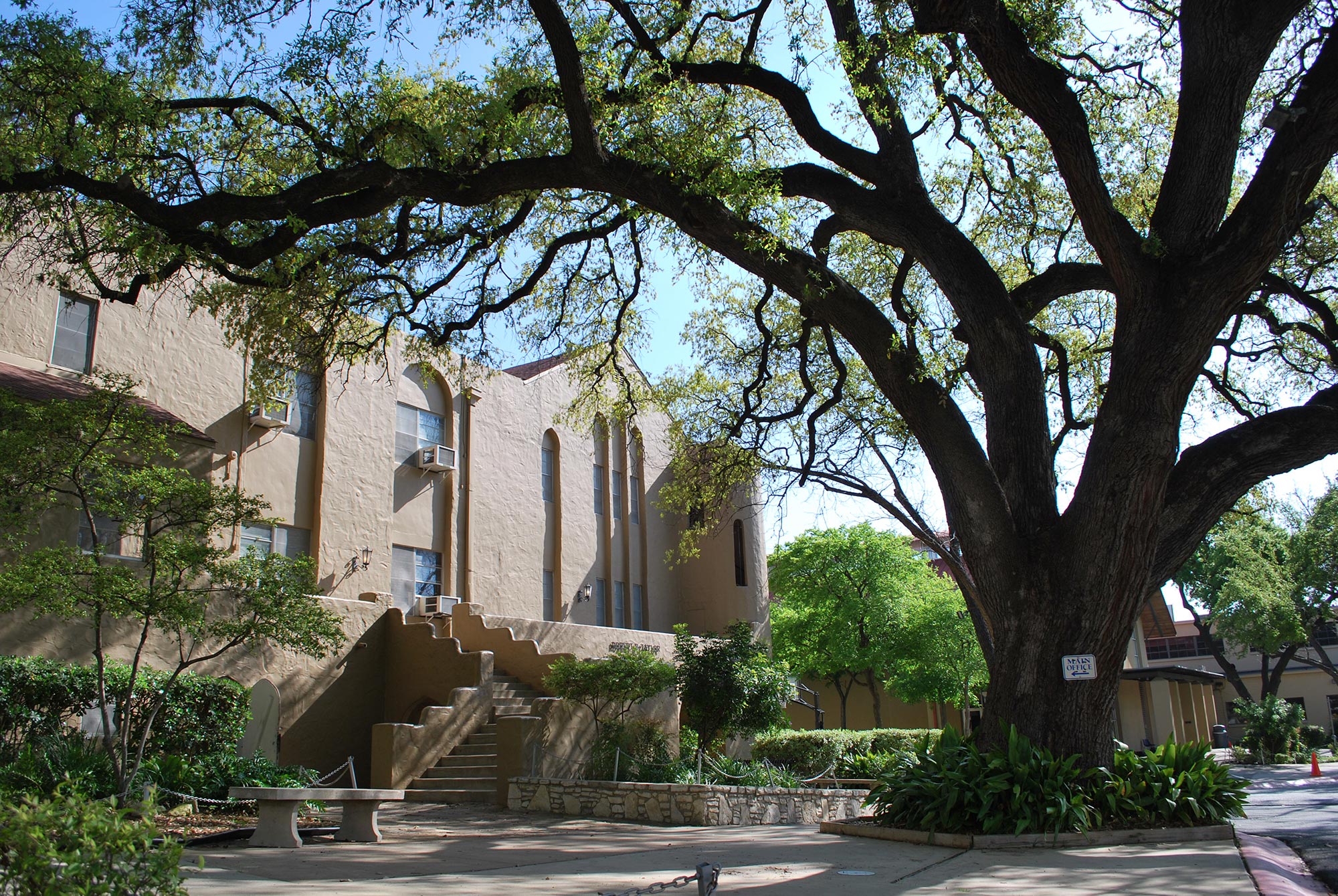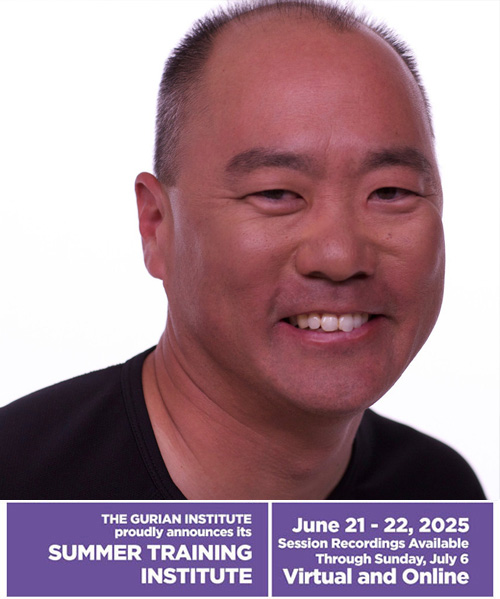We want to welcome San Antonio Academy, which is re-certifying this year as a Gurian Model School. Please check the school out: https://www.sa-academy.org/.
Michael Gurian has had the honor of providing training and keynotes to parents at SAA, and our GI team members have done the same, always finding the school’s path to child development an inspiring and powerful one. From the school’s focus on social emotional development to its brain-friendly education and technological growth, SAA is a leading edge school not only in San Antonio but in the larger national field. The school has certified a number of Gurian Institute Certified Trainers to continue the work–Theresa Moore, Patrick Atkerson, and Kathleen Hill–and SAA teachers and staff regularly attend our Summer Institute to refresh and gain new knowledge.
Bravo to SAA for all that it is doing for our nation’s children! Here’s more from teachers and staff at the school
San Antonio Academy of Texas – Building a Foundation for Boys
Serving an average of 350 students in Prekindergarten through Grade 8, San Antonio Academy of Texas educates boys to succeed in life – scholastically, emotionally, and physically – with a focus on kindness and integrity.
Founded in 1886, this independent, nonsectarian school embraces the traditions and values that have served young men well for over 130 years. In a family‐like atmosphere that forges lifelong friendships, The Academy teaches boys to accept responsibility and aspire to excellence. The rigorous and well‐rounded academic program focuses on the fundamentals and results in impressive student outcomes. Each day begins with a beloved schoolwide chapel program that reinforces the love of God and country while teaching valuable life lessons. Academy boys also shine in athletics and in fine arts. Through the respected military program in grades 3‐8, boys acquire leadership skills and develop the esprit de corps that comes from working together to achieve common goals.
San Antonio Academy faculty testimonials
“Students are encouraged to collaborate on completing the homework assignment. This activity allows students to move around and to communicate with each other. I encourage the boys to stay on task, but I also know that they will stray into conversations about things other than the assignment. I allow a little of this behavior before giving the signal to return to the task at hand. Instead of a chime or bell I give a short whistle to bring the guys back in.” – Mike Hansen, 7th/8th Grade Pre-AP Algebra and Geometry
“In order to help release stress, we pick a ‘smell’ for the diffuser each morning. We practice deep breathing, clearing our minds, and relaxing our bodies. We also help train our brains by practicing ‘I am’ statements before tests.” – Moye Mullins, 2nd Grade Teacher
“When introducing a new chapter or subject matter I choose a piece of artwork or illustrations relevant to class material. The exercise begins by having the students close their eyes. They are instructed to say ‘What they SEE’ when told to open their eyes. This is repeated with THINK and WONDER. Then as they continue to study the chapter, the observations, questions and thoughts are gradually clarified or supported by the facts. This is a favorite with students.” – Tyna Powers, 4th Grade Social Studies, on implementing Developmental Expectations and The Brain
“I use constant movement in my classroom by incorporating music, finger plays, dancing, and games.” – Iliana Hieger, Pre-K through 2nd grade Spanish Class










